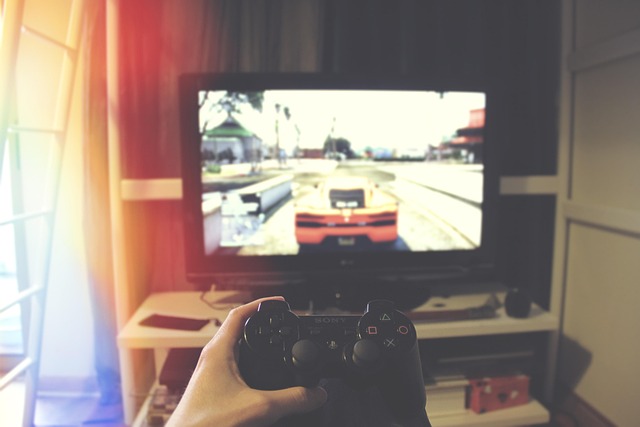Optimizing Hardware Requirements for Competitive Gaming: A Dev’s Guide to eSports Performance
In the rapidly evolving world of competitive gaming, ensuring that you have the right hardware is crucial for achieving peak performance. As games grow increasingly complex and demanding, so do the hardware requirements needed to power them. This guide is here to help developers and gamers alike optimize their gaming setups to meet the challenges of today’s eSports landscape.
Understanding the Demands of Modern Games
Modern games are meticulously crafted with photorealistic graphics, immersive environments, and intricate physics engines that require significant processing power. Developers must keep these demands in mind when considering the hardware requirements necessary to render these games successfully. From first-person shooters to real-time strategy games, each genre poses unique challenges and requires a tailored approach to hardware optimization.
For instance, games like CS:GO and Valorant thrive on swift movements and precise targeting, necessitating high refresh rates and low latency. On the other hand, games like Fortnite and Apex Legends demand not only seamless graphics but also rapid, intricate computations for in-game mechanics.
The Crucial Role of Hardware in eSports
In the competitive arena of eSports, every millisecond counts. As competitions elevate to the global stage, participants cannot afford to compromise on their equipment. For professional gamers, hardware is not just a tool but a competitive edge. To facilitate an optimal gaming experience, one must focus on several key hardware components: the CPU, GPU, RAM, storage, and peripherals.
- CPU: A powerful processor is essential for multitasking and handling the game’s underlying operations without a hitch.
- GPU: The graphic performance is critical for rendering high-frame-rate images smoothly; a top-tier graphics card is non-negotiable for serious eSports players.
- RAM: With 16GB being the industry standard, enough memory ensures games run smoothly, allowing for seamless multitasking.
- Storage: SSDs offer quicker load times over traditional HDDs, which can make a noticeable difference during competitions.
- Peripherals: Precision-focused peripherals like high-DPI mice, mechanical keyboards, and high-Hz monitors contribute to tactile responsiveness and accuracy.
Balancing Budget and Performance
Not every gamer or developer has an unlimited budget. Therefore, striking the right balance between cost and performance is paramount. Knowledge of game-specific requirements can enable strategic upgrades without overspending. Gamers should prioritize components that significantly impact their genre of choice and adjust other specifications accordingly.
Moreover, developers need to optimize their games to run efficiently on the recommended setups. By focusing on code optimization and leveraging performance enhancements, they can ensure that even gamers with modest hardware setups enjoy a smooth, responsive experience.
Future-Proofing Your Setup
With technology advancing at a rapid pace, it’s crucial to consider the longevity of a hardware setup. Investing in slightly more advanced technology not only ensures competitive performance but also delays obsolescence. Staying informed on upcoming trends and advancements in gaming hardware can provide gamers with insights necessary to make smart purchasing decisions.
As developers continue to push the boundaries of interactive gaming, gamers must adapt by optimizing their hardware to keep up with the demands of modern eSports. In doing so, they unlock their full potential and remain at the forefront of the competitive gaming scene.




